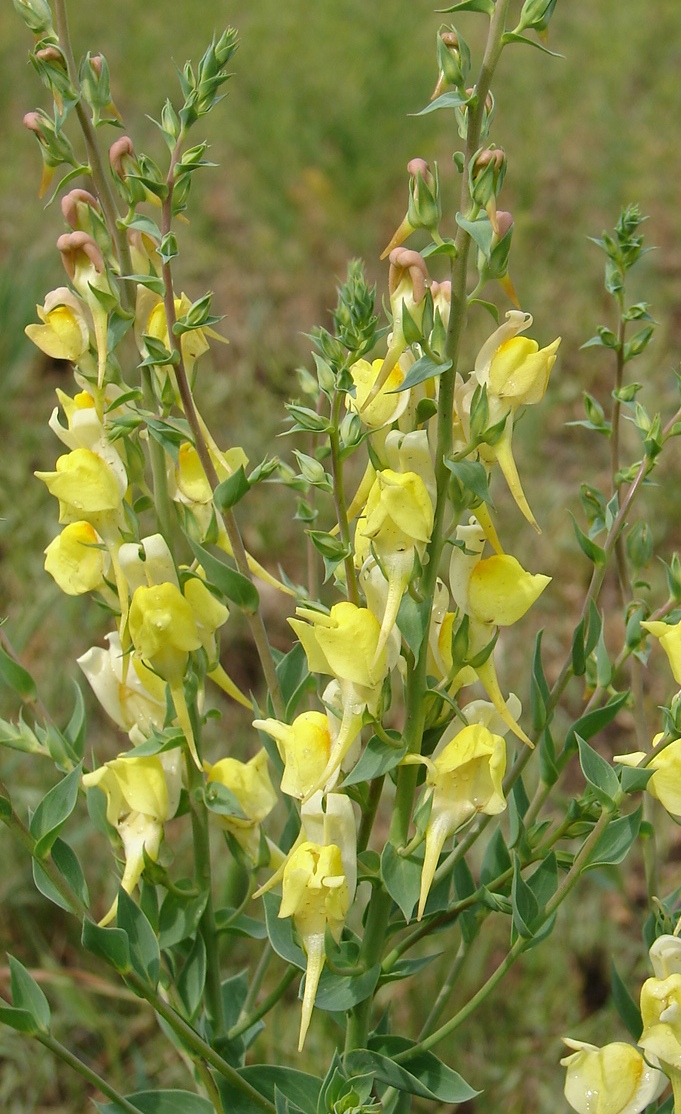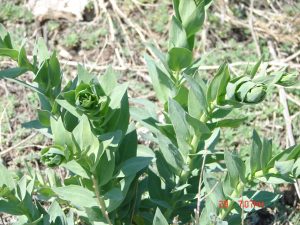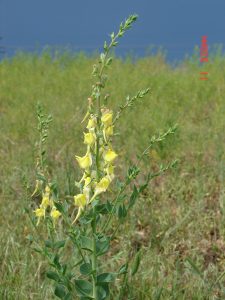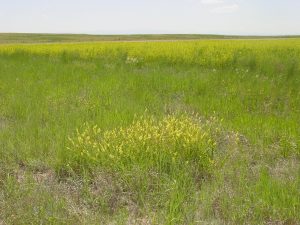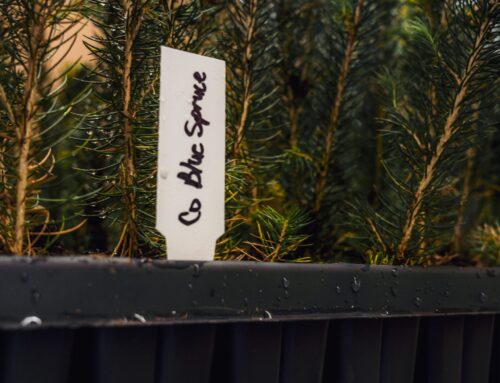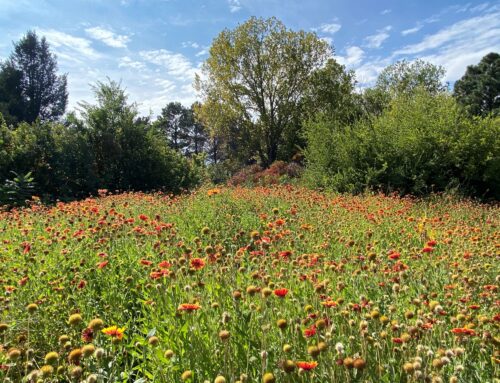Facts About Dalmatian Toadflax
Dalmatian Toadflax was introduced as an ornamental in the late 1800’s. By the 1920’s it had escaped and became a weed. Economic data specific to Dalmatian Toadflax are scarce, but direct management costs averaged $40 per acre in 1992 on a Montana ranch of which 30% of the 1,064 acres was severely infested with Dalmatian Toadflax. Reduction in cattle-carrying capacity and reduction in the appraised value of infested ranch land increases the economic impact.
Loss of forage due to Dalmatian Toadflax can impact big game species, especially on winter ranges. Although deer have been observed to browse Dalmatian Toadflax and its seed is used by some species of birds and rodents, it is not known to be heavily used by any native species. However, all toadflax species can provide cover for smaller animals.
Where sod-forming or bunch grass communities are replaced by toadflax, soil erosion and surface runoff will be increased. Dalmatian Toadflax easily invades healthy stands of native grasses, including both sod and bunch grasses.
Dalmatian Toadflax (Linaria genistifolia ssp. dalmatica) is a non-native, deep-rooted perennial that spreads by seeds and by aggressive, creeping, horizontal roots (rhizomes.) Dalmatian Toadflax can grow between three and four feet in height. The leaves are heart shaped to lanceolate with the base clasping around the stem. Both leaves and stems are waxy with a whitish-bluish cast. Flowers grow at the bases of the upper leaves. The flowers are snapdragon-like in appearance: yellow, with an orange throat and a straight to slightly curved spur.
Dalmatian Toadflax emerges as early as mid-March and typically begins flowering in late May. A mature Dalmatian Toadflax plant may produce up to 500,000 seeds per year. These seeds may lay dormant in the soil for up to 10 years. Nine weeks after emergence, Dalmatian Toadflax roots may grow 20 inches deep or more, and have vegetative buds that produce new shoots. The roots of Dalmatian Toadflax can go four to 10 feet into the soil column with lateral roots extending up to 10 feet from the parent plant.
The key to controlling Dalmatian Toadflax is to eliminate seed production and reduce the plant’s nutrient reserves in its root system through persistent, long-term management. Maintain healthy pastures and rangeland with proper grazing and haying techniques. Continually monitor your property for new infestations and address immediately if plants are detected.
For more information visit www.weldweeds.org or call 970-304-6496 ext. 3770.
